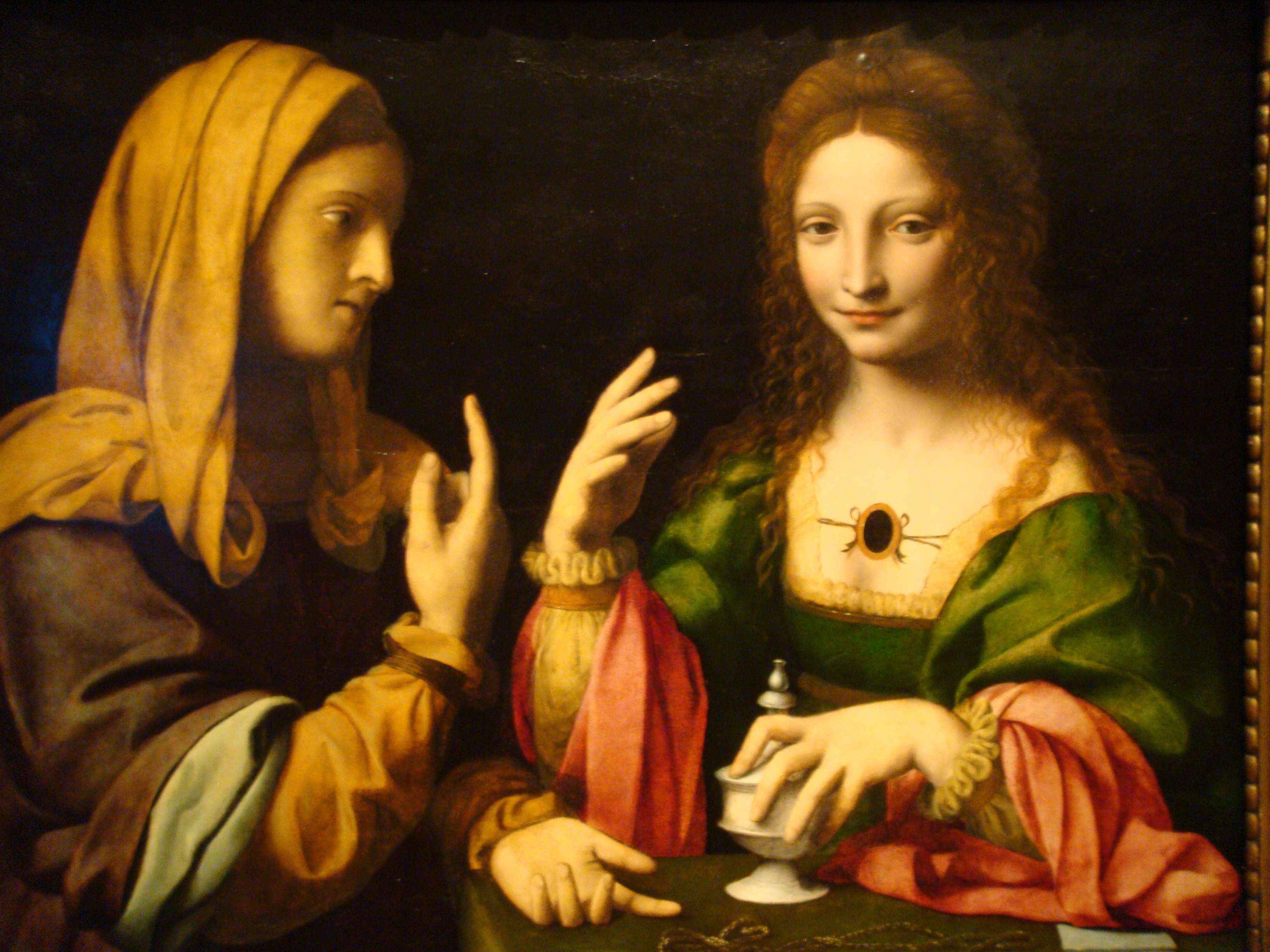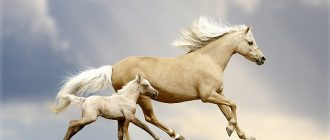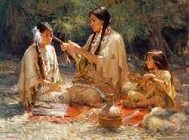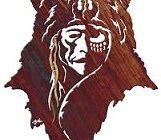Are you interested in renaissance art and want to learn more? Do you want to see some renaissance art on you holiday to Italy? Our guide to renaissance art in Italy gives you the facts & information you’ll want to know.
Origins of Renaissance Art in Italy
The origins of the renaissance movement are found in Florence in Italy. The renaissance, which literally means ‘rebirth’, came about in Italy during the 15th century when several artists thought that art, culture, architecture and Italian Civilisation had suffered during the middle ages and through the renaissance tried to revive the glories and developments of art from Roman Italy.
The Father of Renaissance Art in Italy
Although probably not the most famous name connected with renaissance art in Italy, many people give credit to Filippo Brunelleschi for having sparked the renaissance in Italy. Brunelleschi’s main discipline was not art but architecture; however, it was he who laid down the scientific laws of perspective from which renaissance art in Italy later flourished.
Developments in Renaissance Art in Italy
With the exception of Giotto di Bondone who was an influential member of the Christian art movement in Italy during the 13th century, art from Italy had always been two dimensional. Renaissance art from Italy is significant because it was using the laws of perspective that Italian artists were able to take huge strides in the development of art in Italy. For the first time, renaissance art was producing art in Italy that mirrored very accurately nature and the real world.
Themes of Renaissance Art in Italy
Whereas art in Italy at the time of ancient Rome was a tool of the state, and under the patronage of the Catholic Church Italian art almost exclusively dealt with religious subjects, renaissance art in Italy broadened the scope of art. Although much of the most famous renaissance art in Italy is of a religious theme, artists at this time started to focus more on the natural world around them and tried to reflect this in their art. Anatomy became of particular interest to many renaissance artists in Italy and it is believed that during this period art was able to reproduce the human form exactly as it is in real life. Donatello was a master sculpture of renaissance art in Italy whose statue of St George can still be seen in Italy today.
16th Century Renaissance Art in Italy
The 16th century is considered to be the pinnacle of the renaissance in Italy. Italy was awash with artists of such excellent quality, whose likes have never been seen since. Raphael, Michelangelo and De Vinci are three such figures from the renaissance art movement in Italy who were all contemporaries of each other. Renaissance artists in Italy by this time had gained celebrity status and were often in demand by the authorities of cities all over Italy who wanted these artists to create memorable works of art in their cities.
Modern Christian Art in Italy
Art in Italy can no longer be described as religious in totality because it is no longer the preserve of the church to direct such things in a secular state. However, there are still Italian artists who deal with Christian themes. One such artist is Giacomo Manza who has been influential in the field of Christian sculpture during the 2oth Century. The Bronze door of St Peter’s Basilica was made by Manza.





